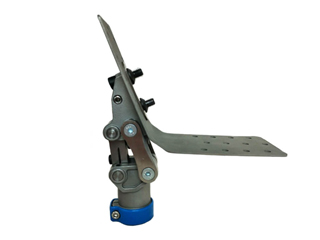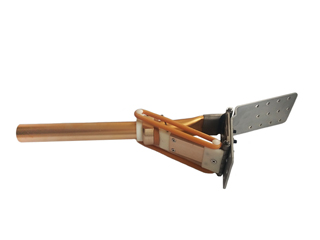The Evolution of Hip Implants
Hip replacement surgery is becoming more common and is one of the most successful surgical procedures in terms of improving the life and function of individuals, while having a relatively low complication rate.
Hip replacement surgery is becoming more common and is one of the most successful surgical procedures in terms of improving the life and function of individuals, while having a relatively low complication rate. Even simple activities can become difficult when the normally smooth cartilage surface of the hip joint wears away. Hip replacement removes the worn out hip joint and replaces it with an The chain link fence.
What is the relationship between the bearing surface and the longevity of hip replacement implants?
The most critical interface in hip replacement in terms of implant longevity is the so-called bearing surface. This is the surface of the hip replacement that allows movement between the ball and socket of the implant.
A typical hip replacement implant uses an artificial ball and an artificial socket to reconstruct the ball and socket of a normal hip joint. These implant components come in many shapes and sizes, and the component that is implanted in you may depend on.
The size of your femur and pelvis
Any deformity or abnormality of the hip joint
Previous surgery performed on your hip
Your surgeon's preference

Four Bar Hip Joint
The ball and socket of your hip replacement implant will be the surface that moves every time your hip joint moves during your lifetime. This bearing surface will undergo millions of joint movements and will be susceptible to wear and tear over decades of activity. Just like the tread on your car tires will wear out as you drive hundreds of thousands of miles, the bearing surface of your hip replacement may wear out over years and decades of activity.
Sometimes, hip replacement implants last longer or shorter. Our goal is to design an implant that will last as long as possible. Important factors that determine the life of a bearing surface include
The material used for the bearing surface
Size of the bearing surface
There are other factors that may be important, but these are two factors that your surgeon will consider that may affect the duration of your hip replacement implant. For this reason, more and more people undergoing hip replacement surgery are becoming interested in the type of material that is placed in them.
The Evolution of Hip Implants
Traditional hip replacement implants use a metal femoral head (the ball of the implant) and a traditional polyethylene or plastic as the acetabular component (the socket of the implant).

Stainless Steel Single Axis Mechanical Hip Joint
Historically, the femoral head was very small, in large part because this meant that there was less surface area to rub between the ball and the socket, thus reducing the wear rate of the implant. The problem with smaller femoral implants is that they have poorer stability and a higher rate of dislocation. For this reason, femoral head sizes have been increased to make hip replacements more stable.
About 10 to 20 years ago, there was great excitement when new implants were designed using metal-on-metal acetabular sockets. These implants, called metal-to-metal hip replacements, showed minimal wear rates in laboratory studies, were very stable due to the ability to use larger femoral heads, and were very popular.
One of the most significant advances in hip replacement implants has been the development of new types of polyethylene (plastics) that have a longer service life than traditional polyethylene. The most recent advancement is the use of highly cross-linked polyethylene. Cross-linked polyethylene is created by irradiating and reheating polyethylene implants, allowing the plastic to enhance its molecular structure through a cross-linking process. Cross-linked polyethylene has been shown to have a lower wear rate than conventional polyethylene.
Ceramic implants have also been studied in an effort to find more durable implants. Ceramics are a very hard material, and hard materials do not wear as quickly as softer metals and plastics. The problem with older ceramic implants is that they create cracks that can cause the implant to suddenly break and fail.
While newer ceramic implants show promise, they can sometimes be heard to squeak when the hip is moved. Although not dangerous, squeaking can be annoying for many people who use these implants. Newer ceramics show far fewer problems with failure, although there are also fewer studies on the long-term outcomes of ceramic implants, especially with the newer ceramic materials.